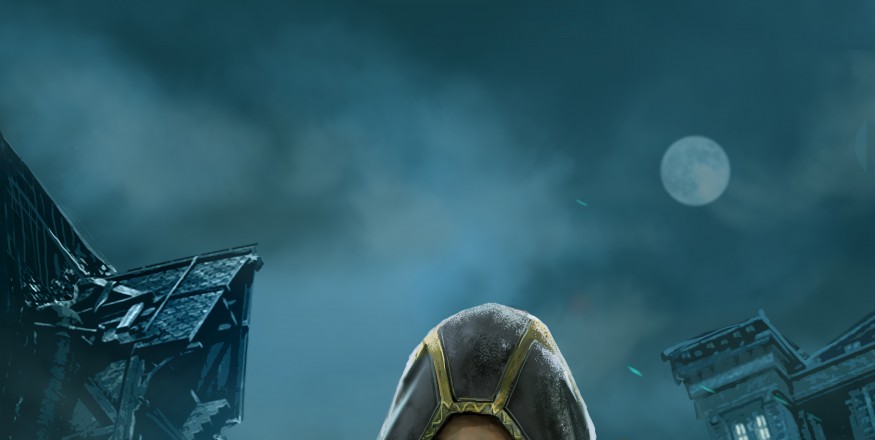“At the royal decree of his majesty, all wyverns are to be reported to your nearest government building. We cannot allow these creatures to go on plundering livestock as they see fit! Finally, we have aid!” – Baron Ethimor Kathernicus after convincing Lestria’s king of the dangers posed by wyverns.
Ah, the wyvern! There are few things farmers fear more than wyverns. After all, there are few things worse than watching your livelihood disappear in front of you.
Unlike chimeras, wyverns behave much more like ordinary beasts. They hunt and eat when they are hungry, and while they eat a lot, they aren’t as insatiable as ogres or chimeras. But, they’re large, and a farmer’s livestock can quickly disappear down a wyvern’s gullet.
Lestria’s royalty finally being convinced to aid farmers and poorer areas with dealing with wyverns marked a turning point for many. After all, while wyverns aren’t the most horrifying of beasts, they aren’t something an ordinary village is capable of dealing with.
There were many tales of villagers marching out themselves to confront a wyvern before it devoured all their livestock, but such tales usually resulted in the wyvern killing them all.
Make no mistake, while wyverns tend to avoid direct conflict with humanoid creatures, they are fearsome beasts.
And, thinking of them as beasts is perhaps the wisest thing you can do.
They’re not particularly intelligent. Their minds can perhaps be compared to that of a cat or a bird of prey. Needless to say, they can’t be reasoned with. They can be worked around if the settlement is capable of producing enough to live off even with a wyvern poaching entire cows each day. But, such a thing is rare, and more than a little frustrating to deal with.
Not to mention, wyverns are likely to mate and feeding one is nothing compared to feeding seven.
So, given that wyverns aren’t particularly bright, what makes them so difficult to deal with? Why is it that the army or specialized hunters have to be called in?
For starters, these beasts can grow frighteningly large. Not even close to as big as dragons, but big enough to carry a cow in each foot with ease as they fly into the distance. Their scales, usually green or brown in color, are tough enough to shrug off most ordinary steel weapons.
Add to that, the fact they breathe poisonous gas, have a venomous bite, and a tail ending in a barbed stinger full of even deadlier venom, and you begin to see why these beasts aren’t something the average village can contend with.
And, while they might not have our level of intelligence, they are by no means idiotic. Just because they can’t speak or reason, as we do, doesn’t mean they’ll blindly stumble into obvious traps.
Wyverns are best left to those skilled in dealing with them. Otherwise, they tend to avoid humanoids as I said before. It’s not entirely clear why. Personally, I think we probably just don’t taste that nice.
It’s not a popular theory (though I have no idea why), but it’s the one I’m sticking to. Feel free to prove me wrong.
Honestly, people who say they avoid humanoids out of fear drive me up the wall. As I’ve said, they are easily capable of dealing with whole villages if they have to.
But, there I go digressing again. Back to the topic at hand…
Given their appearance, it’s easy to understand why they’re often mistaken for dragons. In fact, most wyvern sightings are reported as dragons.
At some stage, I’ll add an entry on dragons to this compendium, but for now, let’s discuss a few basic ways one might discern the difference.
For starters, wyverns only ever have two legs, and a pair of wings. They do not have four legs and two wings as most dragons do. But, this alone isn’t enough as some few dragons only have two legs.
So, what other ways are there?
Well, first off, if it’s talking to you, then it’s either a dragon or there’s magic at work. As I said, wyverns simply aren’t capable of normal speech.
The barb on the tail is one of the best ways to tell the difference as this is very rare on dragons.
Size is, of course, a factor. Dragons grow much larger than wyverns do, but it’s by no means the sole way to judge things as it could just be a young dragon.
Some dragons can also breathe poisonous gas, and a few have a venomous bite, so how then do you truly tell the difference?
The best way is to think it through. If you see something that looks exactly like a wyvern, then odds are that it’s a wyvern. Wyverns are far more common than dragons, and coming across a dragon that just happens to have many of the features of a wyvern is exceedingly unlikely.
I’d still advise avoiding either creature anyway though. But, then, I’m fond of not getting eaten.
As I mentioned earlier, wyverns do nest. The male usually builds the nest and then seeks out a female. If she approves, the two mate and the female lays eggs that the two then look after.
Not unlike birds, in fact.
Wyverns typically lay five eggs at a time, but different factors can, of course, influence this, and it shouldn’t be regarded as a fixed rule.
One of the eastern kingdoms successfully tamed wyverns and has wyvern riders much as we have gryphon riders.
Their methods were successfully replicated in Lestria, but wyverns cost more to keep and are more dangerous and difficult to tame. As such, they’re still not used much.
- Nicholas Wolfram, Professor of Monsterology at Lestria University
ns 15.158.61.16da2






















